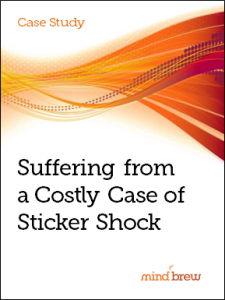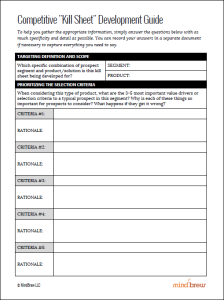In the past, a B2B marketing department might get by with a broadcast email tool, some basic online activity reports, and a spreadsheet or two. But as buying dynamics have changed over the last decade, the marketing technology stack has necessarily become much more sophisticated and complex. And today, marketing teams are likely to be leveraging a wide range of technologies, from marketing automation and digital asset management platforms to predictive prospect analytics and sales optimization systems.
As a result, Marketing Operations is rapidly becoming a critical function in the modern B2B marketing organization. In a DemandBrew Playbook interview, Debbie Qaqish of The Pedowitz Group puts an even finer point on the matter:
Anybody that is remotely serious about revenue marketing has to have a Marketing Operations group.
While Marketing Operations is certainly becoming a more pervasive and prominent function across the B2B marketing landscape, there’s a common misconception that could prevent it from achieving its full potential.
In some companies, Marketing Operations seems to be all about the technology. And as such, the function is being populated with quasi-IT personnel who are strong on technical knowledge about how the systems work, while lacking strategic marketing knowledge as to what those systems should ultimately be doing.
This concept of Marketing Operations as essentially a shadow or dedicated IT group necessarily relegates the function to playing a mostly tactical role, taking strategic marching orders from others in the department.
For Marketing Operations to realize its full potential as strategic function, it must be viewed as a marketing function, first and foremost. And, it must be populated with people who are, first and foremost, marketers. As Debbie says in the interview:
“The best Marketing Operations groups I’ve seen have been filled with people who understand the role and mission of marketing. Yes, they’re deeply technical. Yes, they’re deeply analytical. But it’s a very different mindset from someone who lives in the IT silo.”
Admittedly, finding solid marketers with a high-degree of technical proficiency and aptitude is a pretty tall order. And in a pinch, it might be easier to teach B2B marketing to technical wizards. But no matter how you do it, the point is that truly effective Marketing Operations isn’t all about technology and it must be grounded in sound marketing principles and concepts.
Why else would “marketing” be right there in the name? 🙂







